Almost all photographers agree: the best time to take photos is sunrise. A quiet morning with the golden hour glow is the perfect time of day for photography. It’s hard not to enjoy watching he dramatic light changes of a sunrise.
Jump to sunrise camera settings
There are plenty of things to know when photographing sunrise, like locations, timing, camera settings, and gear. In this article, I’ll be going over all aspects of sunrise photography so you can get the best shot. If you’re short on time you can jump directly to my sunrise camera settings using the link below.
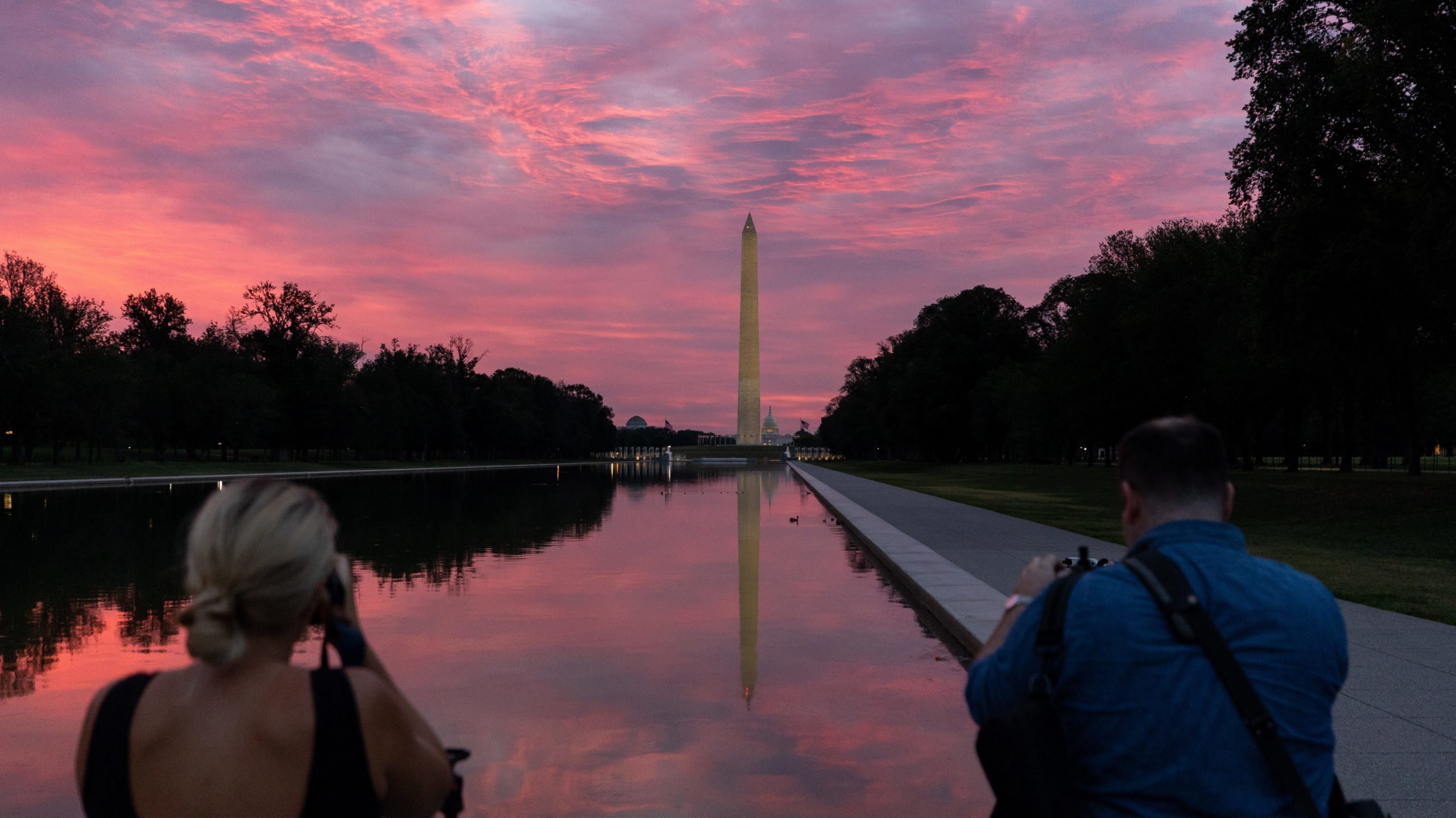
The first thing I recommend is to wake up earlier than you planned. This gives you a little bit more time for all aspects of your morning. I’ve found that a bit of extra time often leads to better results when I am not rushed and more alert for sunrise. Plus, when you arrive early at your location, you’ll often see the pinks and blues that occur before sunrise.
Read on for more of my sunrise photography tips:
Table of contents
Location Planning for Sunrise Photography
One of the most important things to think about when photographing sunrise is the location. Landscape photographers know you can’t fiddle with finding a location in the morning. When you wake up so have a spot in mind before heading out.
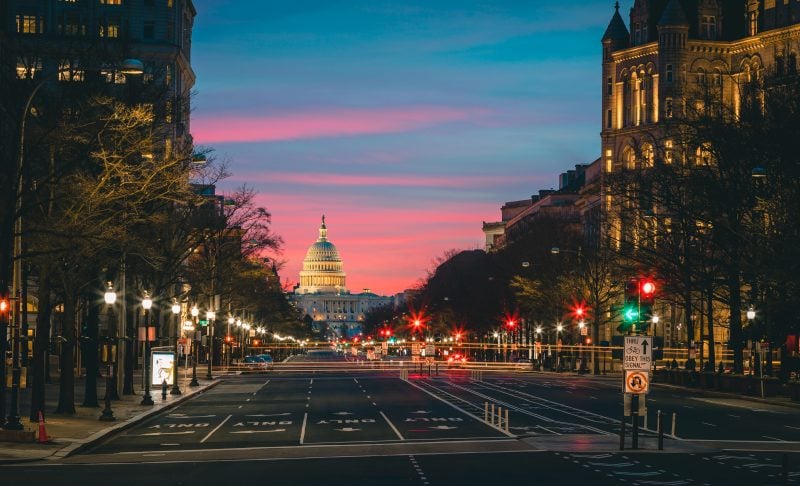
There are plenty of apps to help you plan your sunrise photoshoot. These can range from the quality of sunrise to angles of the sun and much more. At a minimum you’ll want to be aware of where the sun is rising so you know where to photograph. For example if you’re visiting a lake you’ll need to know what side of the lake to be on. Additionally you’ll need to know what time sunrise is but there are plenty of websites that tell you and most weather apps will show you sunrise times.
Apps that help plan for sunrise:
- The Photographer’s Ephemeris
- PhotoPills
- SunsetWx
- The regular weather app on your phone
Using an app like the Photographer’s Ephemeris will show you angles of the sunrise so you can line up where the sun will be with landmarks. There are also websites you can use like SunsetCheck.com to see quality predictions.
The sun will rise in the East but the exact position changes throughout the year making it essential to know exactly where it’ll rise.
The Photographer’s Ephemeris will give you a line on where to expect the site making it much easier to plan.
How to Predict a Good Sunrise
First, we have to qualify what makes a great sunrise. Colorful sunrises typically occur because of a few factors, including high cloud coverage, low humidity, and clean air. This allows the sun to penetrate the horizon and produce red and orange wavelengths on high clouds. This is why the weather forecast is important to know for the morning.
Many of the apps above—including Skyfire in TPE, SunsetWx, Skylight Forecast —will give you a score of how good the app expects sunrise colors to be. Obviously, you can’t go out every morning, so these apps make it a bit easier to find days with good cloud coverage for sunrise.
Keep in mind: Sunrise prediction apps are not always 100% accurate at predicting sunrise quality. The app you choose might miss a morning booming with color or vice versa but these apps give good guidance on when to plan to wake up.
There is nothing better for your landscape photography than getting perfect sunrise conditions. The soft warm light typically leads to striking images especially when in a natural setting.
Gear You’ll Need for Sunrise Photography
Besides a camera, here are also a few recommended accessories for getting more unique sunrise photos, like tripods and ND filters. At a baseline I’d recommend having a camera and a tripod for capturing sunrise.
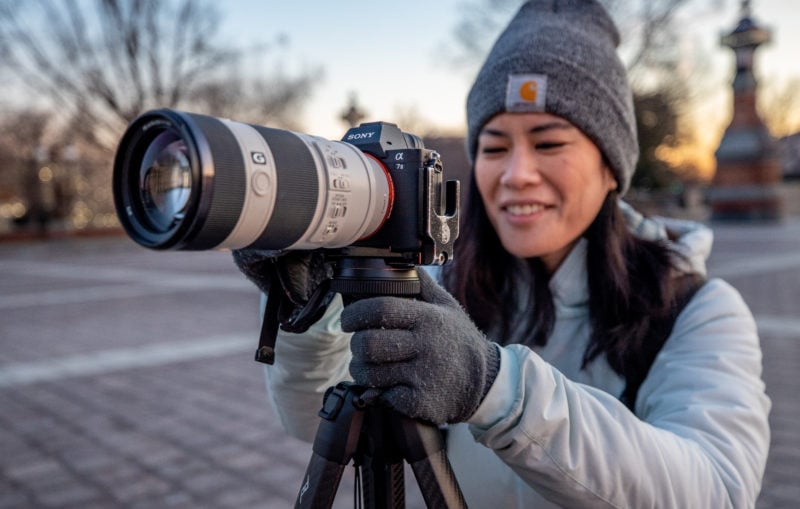
Cameras for Sunrise
Of course the classic saying goes here, the best camera is the one that’s with you. If you’re reading this post you likely already have a camera but my favorite brands include Canon, Sony, and Nikon.
Most cameras will do a great job shooting sunrise, especially if you are using a tripod. DSLR and mirrorless cameras have larger camera sensors to allow you to capture more light. While smaller sensors like an iPhone or a cropped sensor camera will perform worse in low light, making the need for a tripod even more important.
Looking for camera suggestions?
Read: best mirrorless cameras for travel.
Using a tripod allows the camera to have the time it needs to get light. Higher quality full-frame cameras will have increased dynamic range meaning you can capture more detail in the shadows and highlights.
To get the most detail out of your mornings you’ll likely want to use HDR exposure bracketing when using a tripod and merging them in Adobe Lightroom. Exposure bracketing is when you use different exposure compensation exposures and merge them in post production. Most cameras have an option to do bracketing built-in but it involves taking an correctly-exposed, underexposed, and overexposed image. This way you’ll have much more editing flexability in the shadows and highlights.
Lenses for Sunrise
Having a lens with a lower aperture (f/2.8 or lower) will let more light into your camera, allowing for more detail and less noise. This is especially important if you are shooting handheld since the camera needs as much light as possible for shorter exposure speeds.
If you’re using a tripod you’ll likely want to shoot at an aperture of f/8 or higher for maximum clarity in your photos. I prefer a wide-angle lens (like the Canon RF 15-35mm) for sunrise photos but the focal length will depend on your composition and preferences.
If only a bit of the sky has color a telephoto lens can come in handy for creating unique compositions.
Tripods for Sunrise
If you want to capture the most detail, a tripod is essential for photographing the sunrise. Since it’s a low light condition, a tripod allows you to take longer exposures of the sky. This is especially important when using an ND filter (learn more about these below). You don’t need an expensive tripod—just choose one that will hold your camera steady (especially if it’s windy). Typically the quality of a tripod is judged by how stable it is in the wind and how much weight it can hold. You can’t go wrong with a Manfrotto Tripod but there are plenty of options at all price ranges.
Filters for Sunrise
If you’re new to ND filters, think of them as sunglasses!
They force your camera to take in less light. This means your camera will have to use a longer shutter speed. Most ND filters screw into the front of your lens.
You’ll need to know the filter size of your lens to purchase one. Using an ND filter for sunrise can lead to some unique results, like streaking in the clouds.
You can also get graduated neutral density filters that allow you to darken the sky while keeping the ground more exposed. Graduated ND filters are a great way to keep detail in both the sky and the ground.
My favorite is to use a 10-stop ND filter to create a really smooth effect in the clouds. 10-stop ND filters are extremely dark so you can even smooth out the clouds in the middle of the day.
Camera Settings for Sunrise Photography
Now the moment you’ve waited for, camera settings for sunrise!

Over the years, I’ve found that there are a few settings and modes especially useful when photographing sunrise.
A lot depends on if you’re using a tripod or shooting handheld. Below, I’ve separated the ideal camera settings for sunrise depending on how you’re shooting. Ideally, you’ll want to use a tripod, but depending on your morning, you might not want to lug one around. Shooting sunrise handheld is very feasible, especially with a low aperture lens.
You’ll also want to ensure your shooting photos on RAW mode instead of JPG if your camera allows it. This will give you greater post-processing flexibility and allow you to change the white balance while editing.
As for focusing you likely will want to use autofocus to focus on an object or building in the distance. If your only photographing the sky you can also set your camera to manual focus to ensure the sky is in focus.
Settings When Using a Tripod for Sunrise
When using a tripod for sunrise: A tripod allows you to shoot long exposures. This means you can use ISO 100 to retain the most amount of detail and reduce noise in your images. Additionally, you should shoot at your lens’s sharpest aperture (typically around f/8).
Shooting Mode: Aperture priority (Av)
ISO: Low, ISO 100 – ISO 400
Aperture: Your lens’s sharpest, typically f/8
Shutter Speed: Since the camera is on Aperture priority, your camera will automatically adjust.
Self-timer: 2 seconds. This prevents any vibrations from affecting your photos after you hit the shutter button.
Stabilization: Remember to disable any lens or sensor stabilization when using a tripod.
Image Format: RAW
Camera When Shooting Handheld for Sunrise
When shooting handheld for sunrise: Shooting handheld means that you’ll want to use a low aperture to let more light into your camera. When using a low aperture your photos will have less depth of field so putting something in foreground of your composition adds a great effect.
Here are camera settings for photographing sunrise that will give you the best results:
Shooting Mode: Aperture priority mode (Av)
ISO: Auto
Aperture: Lowest possible, f/1.8-f/2.8
Shutter Speed: Auto
Stabilization: On
Image Format: RAW
These sunrise camera settings are just a starting point! Remember to play around with your settings and experiment with different shutter speeds and focal lengths. It’s also important to try out different compositions like silhouettes of buildings.
You can try combining a low aperture with a low ISO to capture details with the sunrise blurred out in the background.
Example of Sunrise Photography with Settings
Here are a few sunrise photo examples with camera settings. It’s always helpful to learn from other’s photos and how they were taken. You’ll also likely want to use similar camera settings for sunset photos.
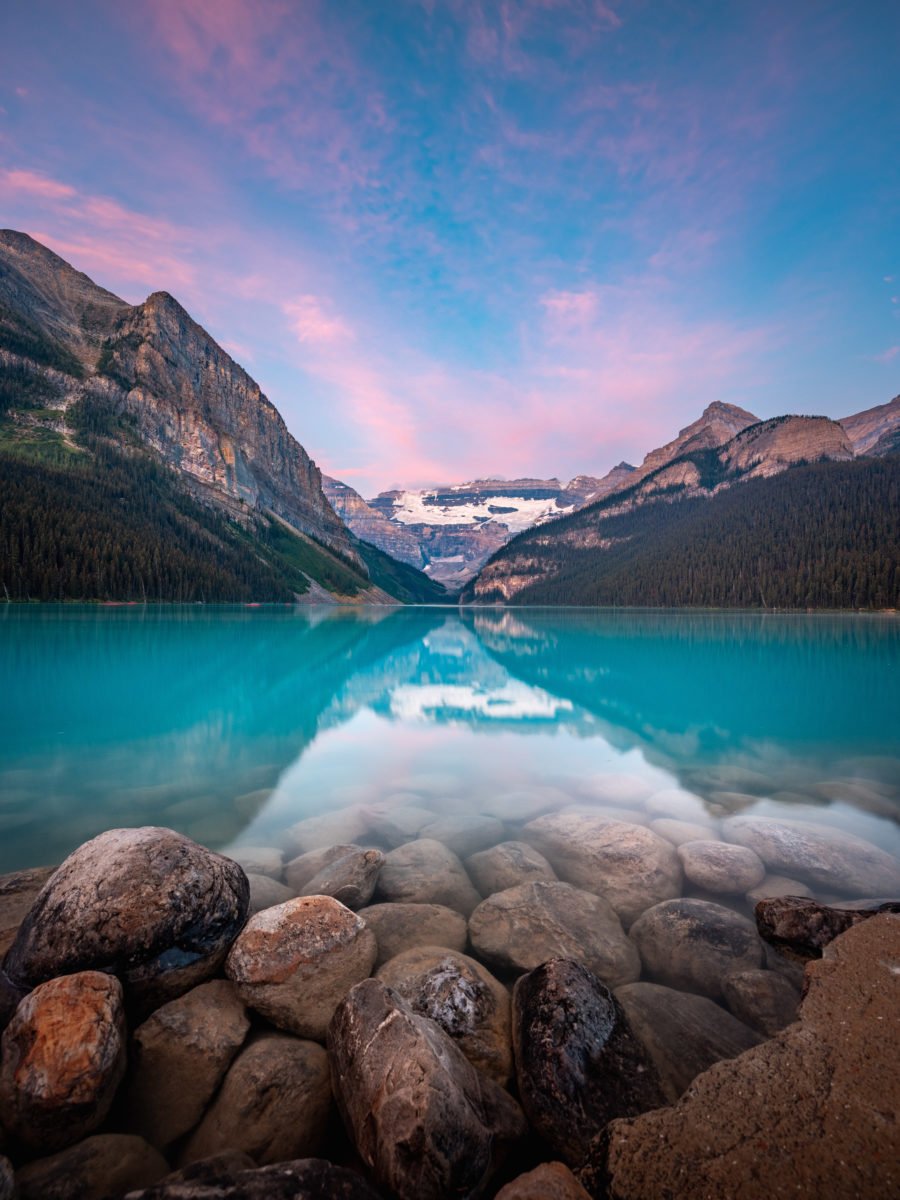
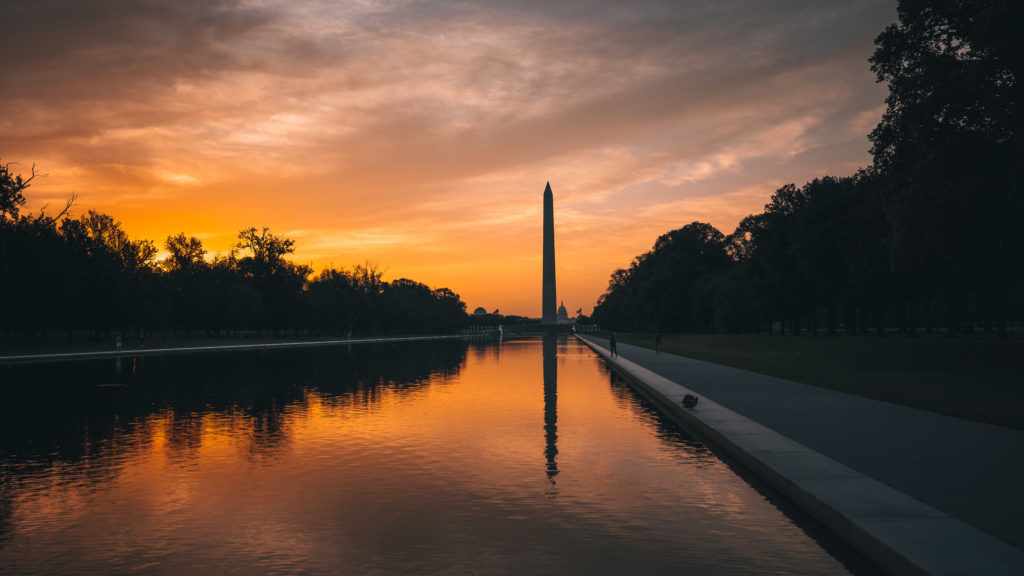
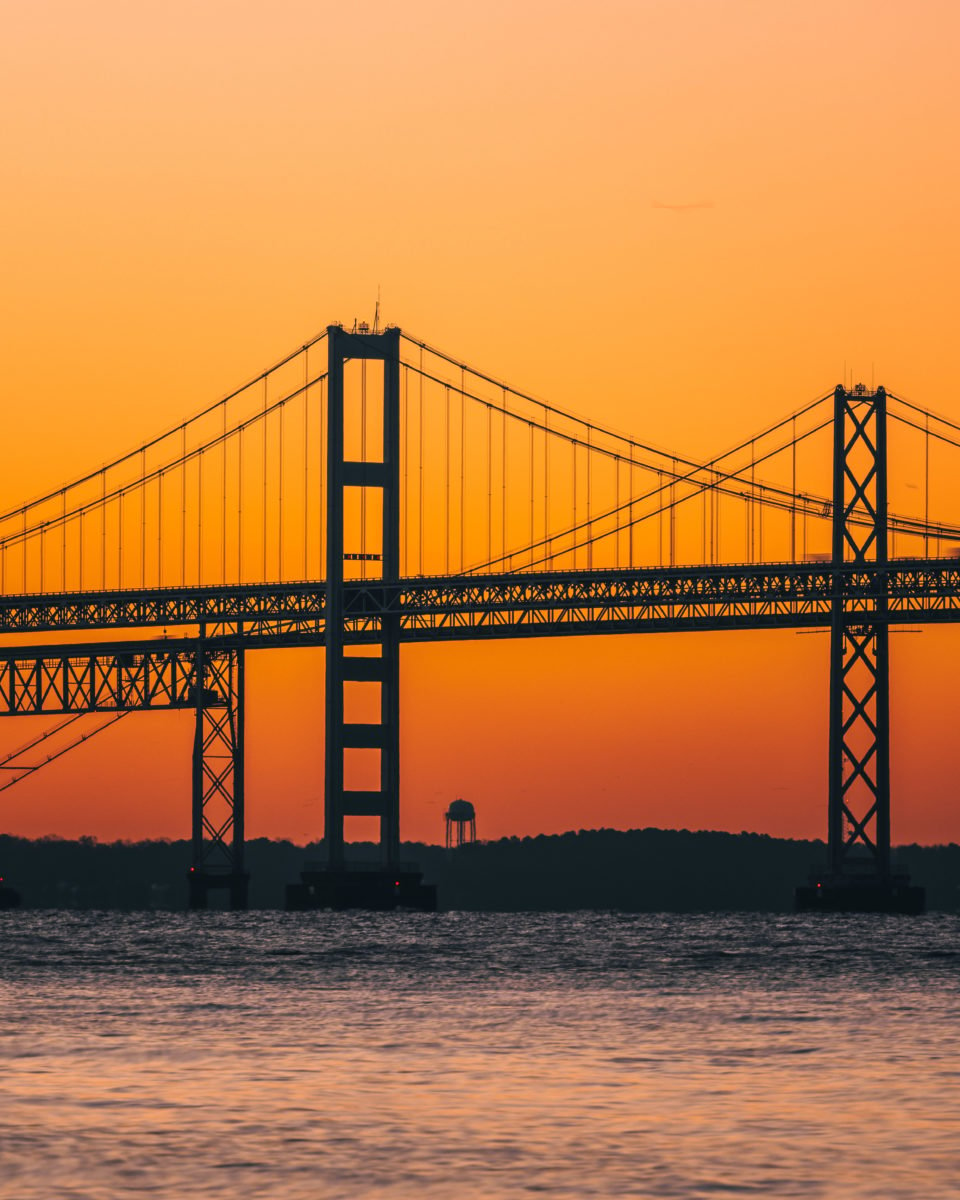
Hopefully these sunrise landscape photos inspire you to capture something great. It’s always fantastic to capture the sun’s rays in the morning.
Enjoyed this sunrise photography tips?
Please share a pin on Pinterest
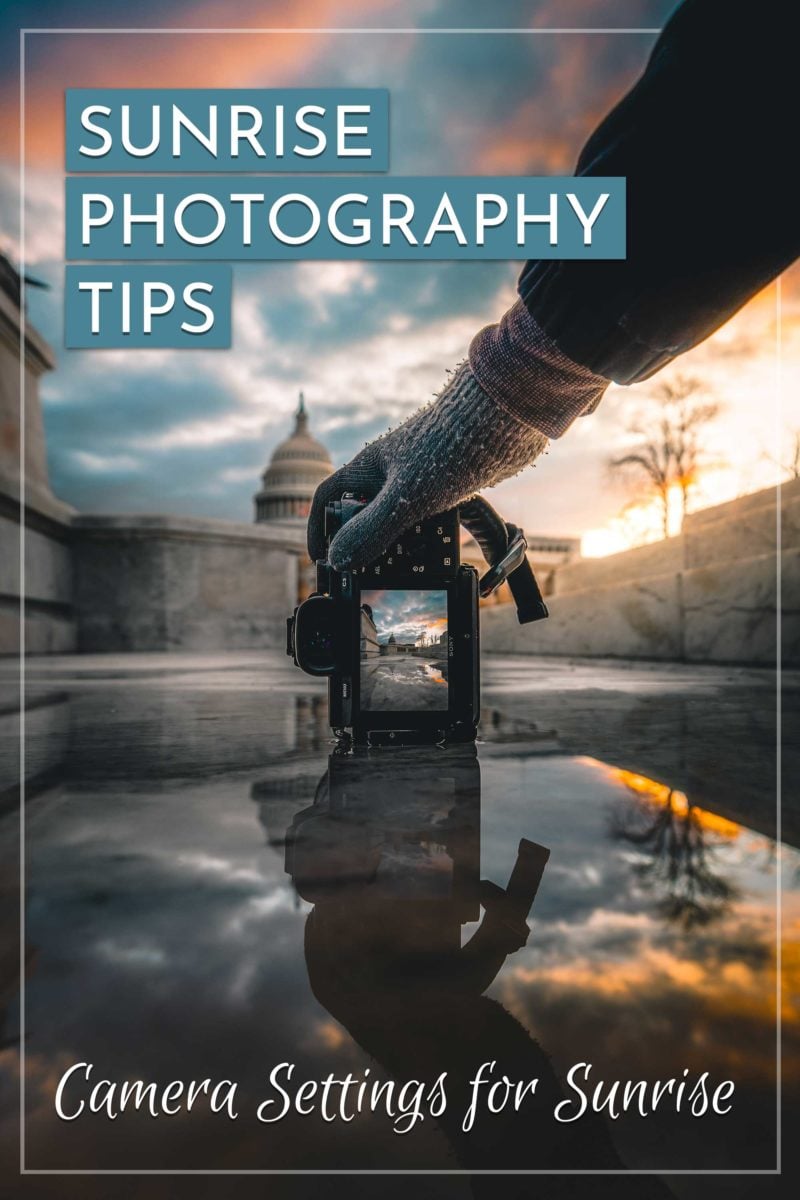
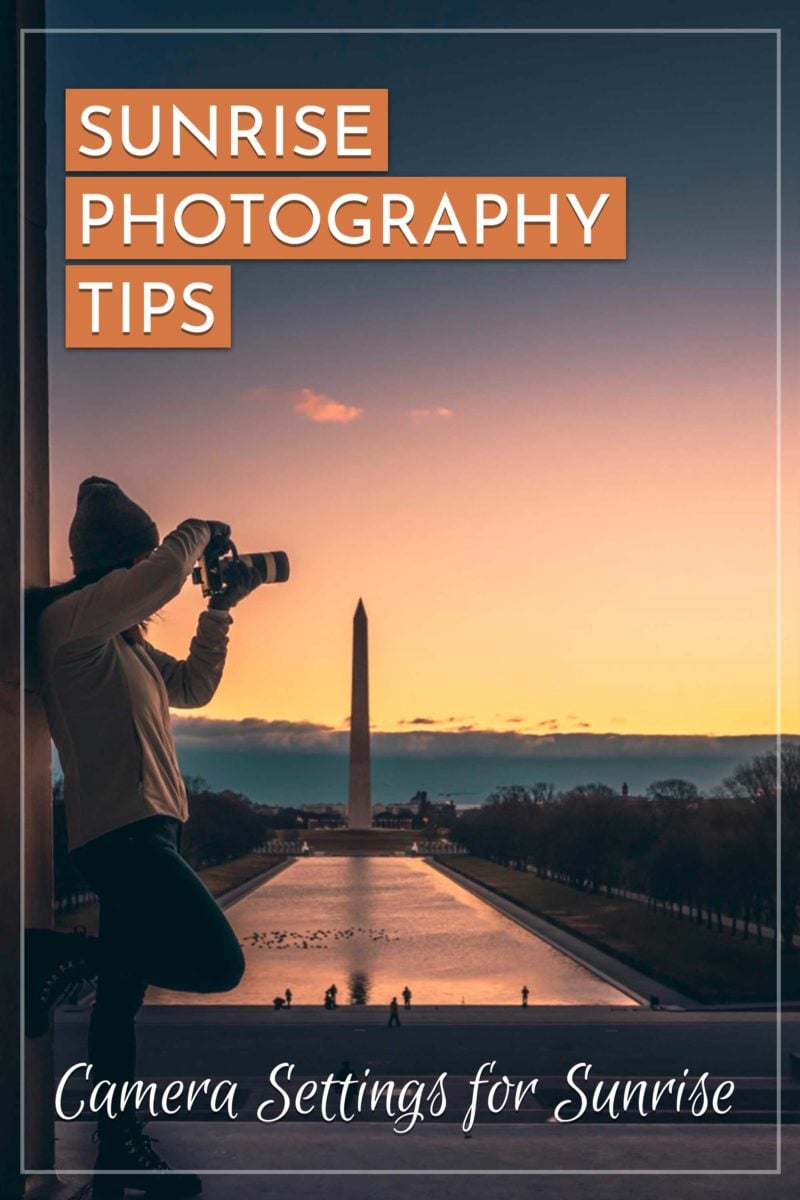
Conclusion
I hope you enjoyed these sunrise photography tips. From sunrise camera settings to gear we’ve covered everything you need to know when photographing sunrise. Want more photography tips? read my full list of travel photography tips. There is always more to learn about photography including the composition, the rule of thirds, using presets, and post-processing.
Now that you have the tips get up early and get out to shoot a great sunrise!
What’s your favorite place to take sunrise photos? Let me know in the comments below, or send along any questions you have!


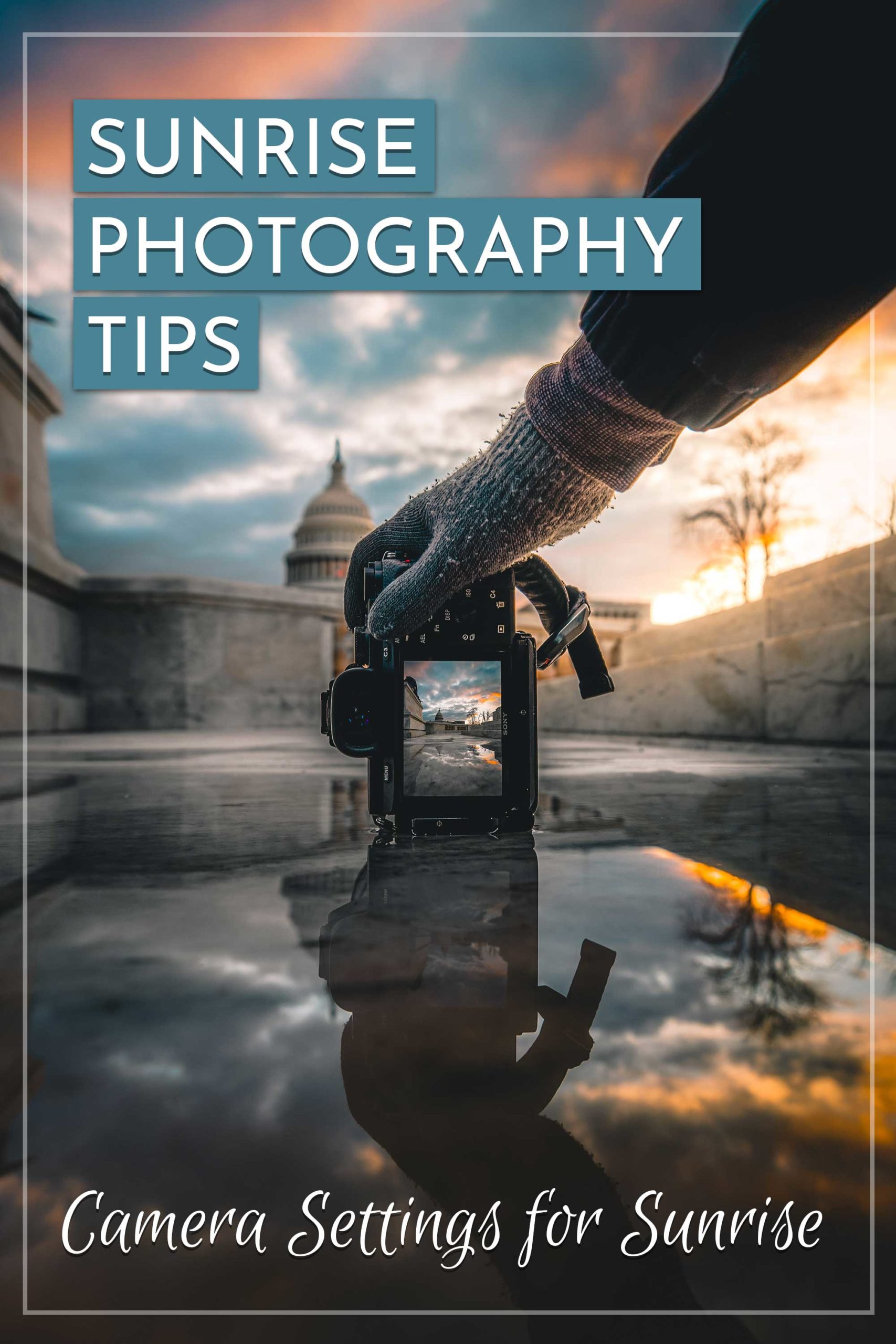
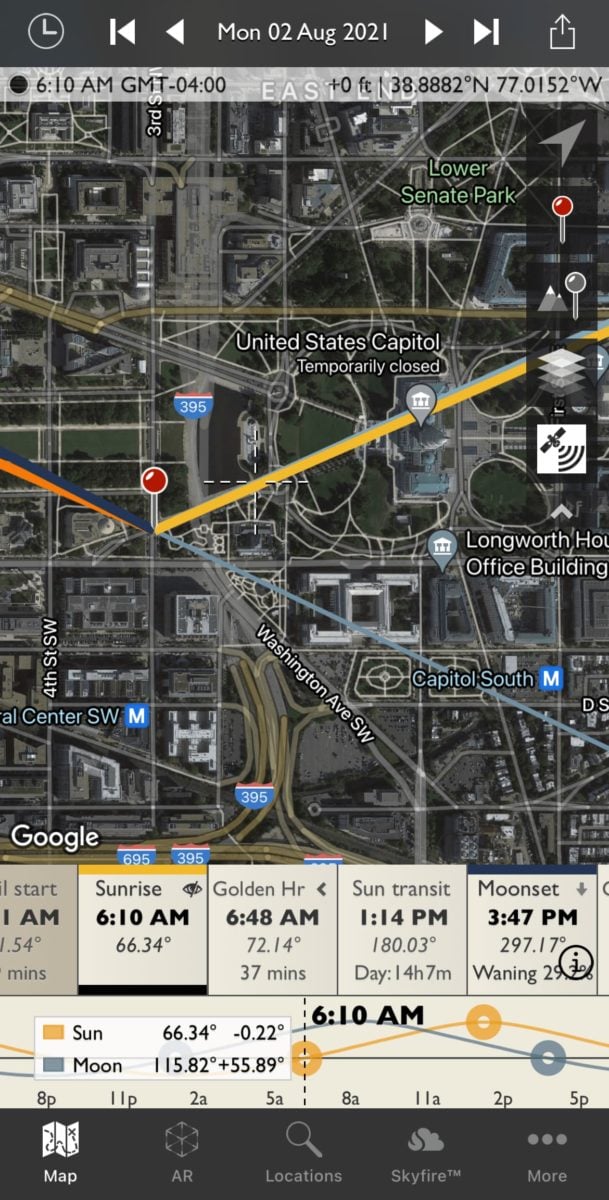
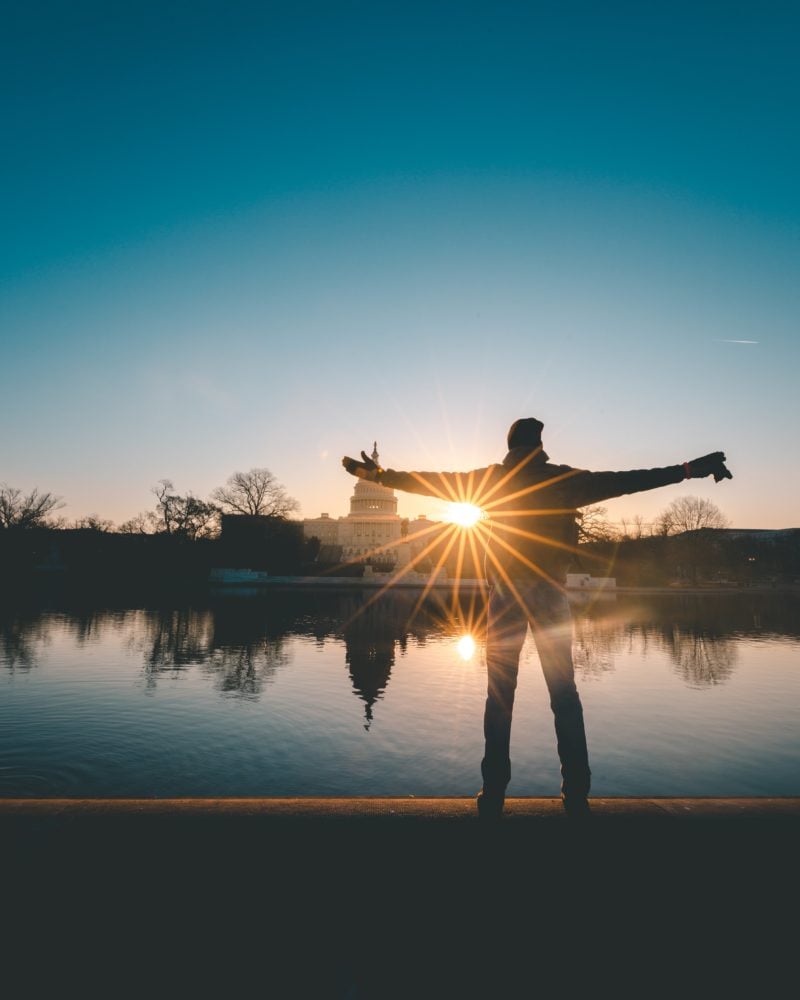
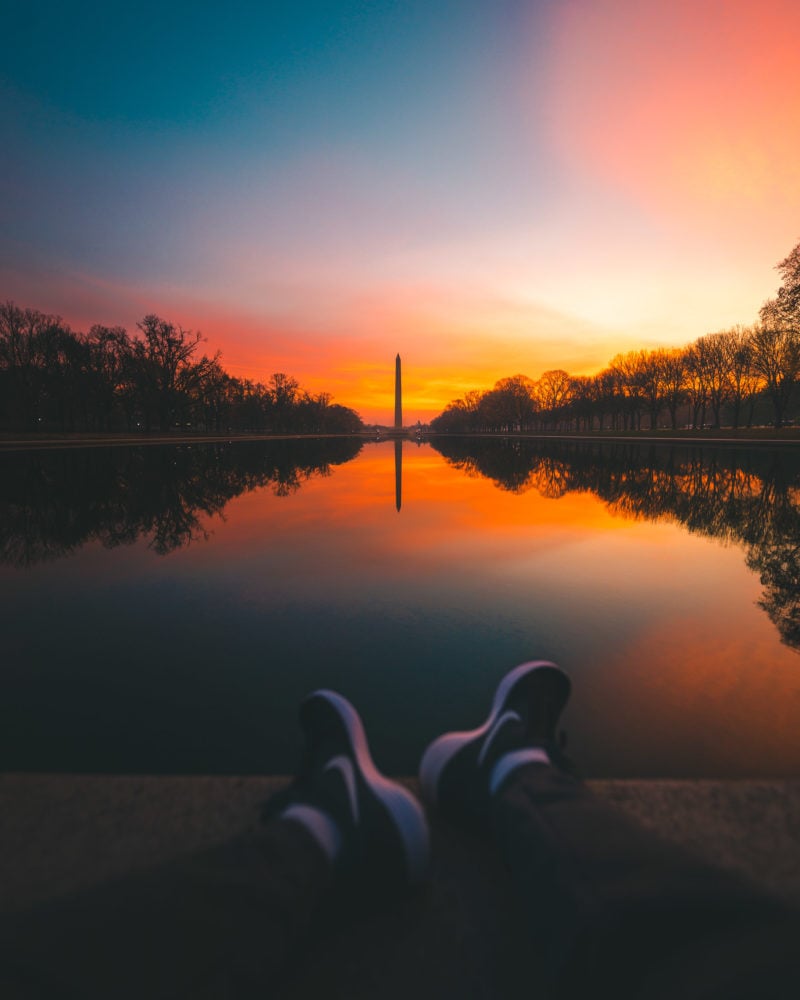

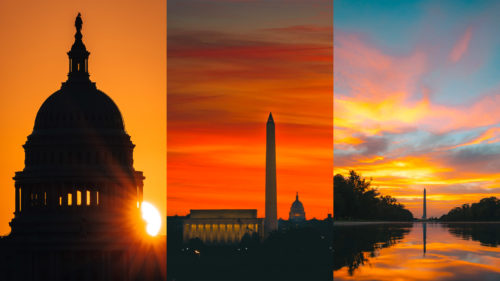
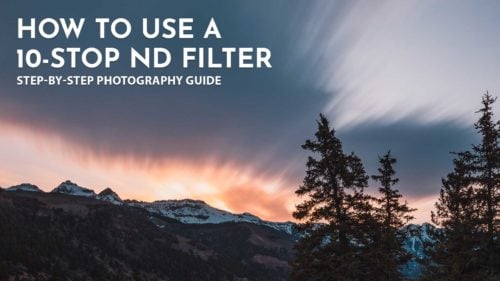
Excellent information!Your directions are easy to follow and clearly stated.